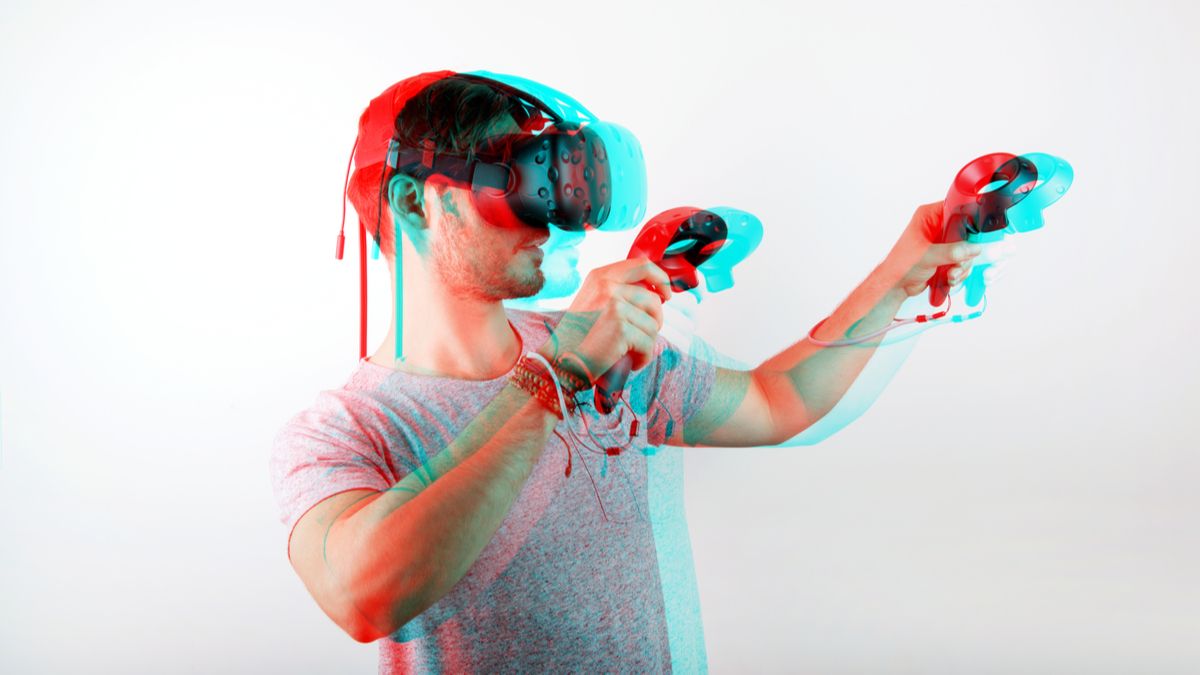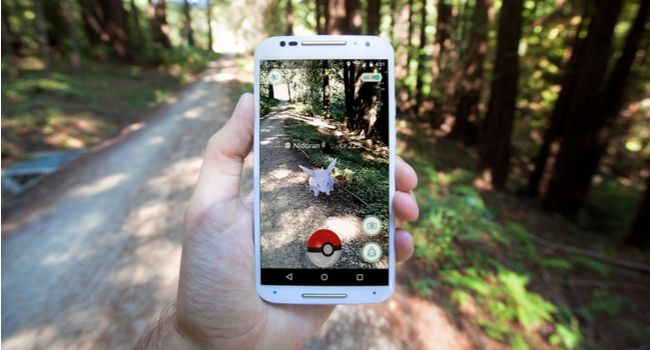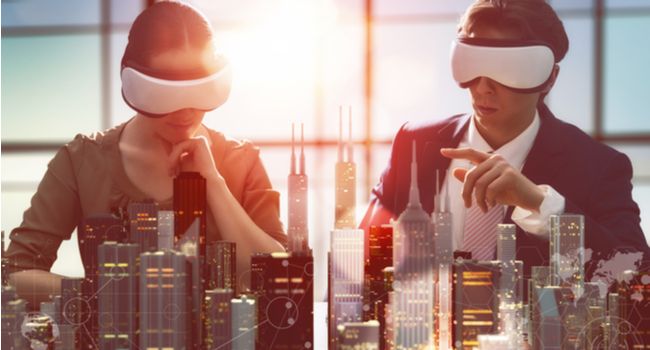Quick Links
Extended Reality (XR) is a term that encompasses several technologies but also describes a spectrum of reality-changing methods including Virtual Reality (VR), Augmented Reality (AR), and Mixed Reality (MR). XR brings all of these ideas under a single umbrella.
Ingredient 1: Virtual Reality
Virtual Reality is probably the component of XR that most people are familiar with. Within the XR spectrum, VR stands alone as the only technology that completely disconnects you from reality. At the very least, VR replaces your vision and hearing of the world around you with a simulates virtual world. More advanced forms of VR also include haptic feedback, which is the term used for the various forms of touch feedback.
VR headsets like the Oculus Quest 2 let you instantly travel to somewhere else entirely, letting you feel "presence" in a virtual world separate from the one you're actually occupying.
Ingredient 2: Augmented Reality
Unlike VR, AR doesn't cut you off from the real world. Instead, it enhances the real world with digital images and sounds. Pokemon Go is quite possibly the most famous recent example. The app makes one of the famous pocket monsters appear on your phone screen, with the image from your camera overlaid behind it so that it looks like Pikachu is paying your a visit in real life.
Pokemon Go is a particularly advanced implementation of AR. It's an example of "markerless" AR, where the camera doesn't have to see any sort of special object in the real world to activate the AR experience and keep track of the correct position and orientation for you. Most earlier AR experiences needed a marker, which could be a poster or a specially marked object.
Thanks to machine learning and machine vision technology, AR software can now recognize objects such as tables and walls, correctly projecting the images on those surfaces.
AR is a broad concept and it also includes some things many people wouldn't expect. For example, a heads-up display (HUD) found in fighter planes and some modern cars would qualify as AR. As long as digital information is being projected on your view of the real world, it's AR.
Ingredient 3: Mixed Reality
MR sounds a lot like AR at first glance. As the name suggests, it involves mixing the virtual and real worlds together. The key distinction between AR and MR is how MR has awareness of the real world to a degree that AR doesn't. The concepts are part of a continuum, but MR is easy to spot if you know what you're looking for.
MR experiences integrate digital objects into the real world so that they really appear to be there. Virtual objects can often pass behind real-world objects and even take the lighting of the room and shadows cast by real objects into account.
One famous example of a mixed-reality headset is the Hololens from Microsoft. This high-end headset uses an advanced "holographic processor" and special sensors to project images onto a special clear visor. The field of view is quite narrow, but it's an impressive piece of tech.
That being said, MR is already mainstream with headsets that have external cameras for motion tracking also integrate basic MR features. For example, the Oculus Quest can use its monochrome external tracking cameras to bring objects such as your real-world couch or keyboard into VR. Turning it into an MR experience.
Will XR Replace VR?
Since XR has only become a more common term years after the second generation of modern VR (i.e. Oculus Rift) it's not surprising that people wonder if it's the next big thing to replace VR. The reality of it is that XR devices are most likely to offer a choice of VR, AR, or MR experiences. You might be in a full VR experience and then quickly switch over to an MR mode to take care of things in the real world before heading back to VR.
Even if a device doesn't offer more than one type of XR, the concept of XR helps developers think differently about how they create content and experiences. Instead of seeing these as separate technologies, they're simply different facets



